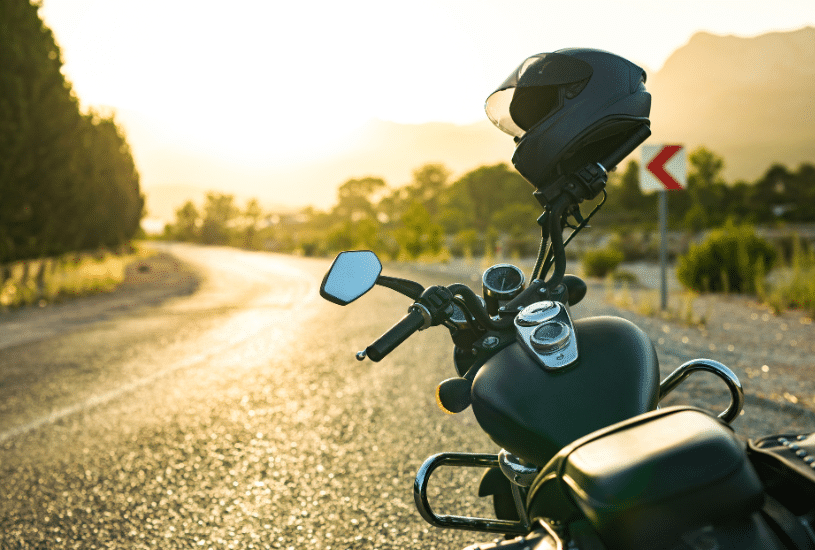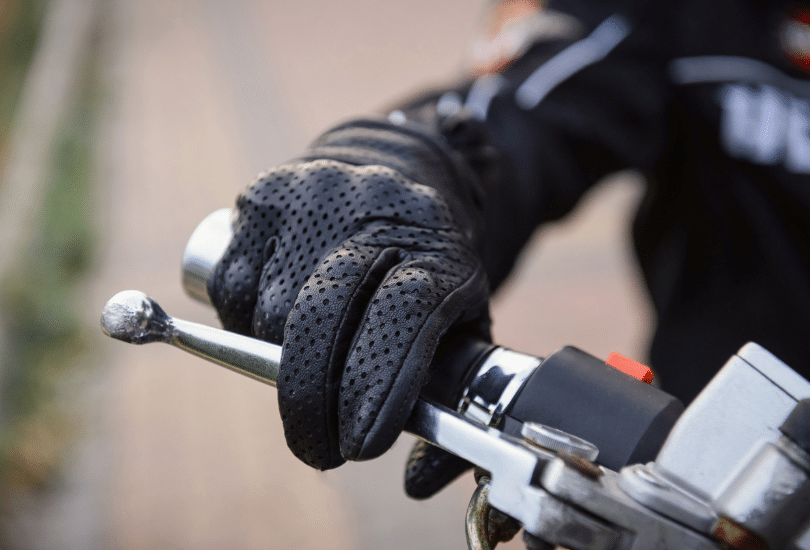Are you curious about winterizing your motorcycle? Unless you live in the South and never take a vacation, learning the proper long-term storage techniques for your bike is a necessity for any motorcycle owner.
Not only can proper winterization keep your bike in good running condition come warmer weather, but it also extends its lifespan considerably. If you’re unaware of the correct winterizing techniques, don’t worry. We’re going to explain it all for you right now.
Is it Bad to Leave a Motorcycle in the Cold? What Happens If You Don’t Winterize Your Bike?
Point blank, it’s a terrible idea to leave a motorcycle in the cold, particularly over the course of a few months. If you store your bike outside in the winter months, expect to face quite a few problems come springtime, including:
● Tires with dry rot or cracks
● Deposits in the fuel system
● Frozen or dead battery
● Possible rodent infestations
● Deposits in the cooling system
● Gummy, sludgy oil
● Cracked plastic or rubber grips
● Dry chain and sprockets
As you can see, winterizing your motorcycle is extremely important to prevent costly damage during the colder months. However, you can’t just throw a tarp over it and hope for the best. It takes a bit of work, but you can easily winterize your motorcycle, keeping it safe during the cold months.
How Do You Winterize a Motorcycle?
1) Find a Storage Spot
The first step to storing your motorcycle is finding a dry, secure space that can hold your bike through the winter months and provide protection from the elements. In an ideal world, a heated garage would be just fine. However, any run-of-the-mill garage is acceptable.
Don’t use a tarp, though. Instead, spend the extra few bucks on a legitimate motorcycle cover. When springtime comes, you’ll be glad you did.
2) Wash and Wax
It’s crucial to give your bike a good scrubbing to remove dirt, salt, road grime, and dead bugs from the surface. Then, apply a wax coating to protect your bike from moisture. Finally, give the surface a quick spray with WD-40 for an extra boost of corrosion protection.
3) Schedule a Tune-Up or Roll Up Your Sleeves
It’s totally fine to schedule a service appointment if you don’t have the time or know-how to give your bike a tune-up. For those who want to do the work themselves, remember to change the oil and filter before long-term storage. Also, try using oil with a winter weight, like 5W30.
Next, lube all the moving parts on your bike to prevent rust and moisture buildup. Don’t neglect important areas like the fork surfaces, cables, chain drive, and other pivot points.
4) Prevent Pests from Infiltrating Your Bike
Something as simple as a rubber muffler plug can prevent a world of expensive damage by mice and other rodents seeking a warm winter home inside your motorcycle. Not only do they carry in fluff, debris, and other nesting materials, mice carry diseases and can chew through your bike’s wires and seat. Exhaust pipes are common entry points. If you don’t have a plug for your pipes, you can always use plastic shopping bags as a temporary measure.
5) Prepare the Fuel System
When old fuel sits in a motorcycle for months, it eventually breaks down and gums up the entire system. Although some bikers might recommend emptying the tank, it’s better to fill it up instead and add a fuel stabilizer. Be sure to add the stabilizer right before your last ride to ensure that it travels throughout the entire system.
The only time you should drain the fuel tank is when your bike will be in storage for more than six months. Then, coat the inside of the tank with fogging oil, which will prevent oxidation and rust.
6) Keep the Battery Charged
What’s worse than waiting all winter to go for a ride, only to realize on the first warm day that your bike has no battery charge at all? It’s a buzzkill like no other, especially when the sun is shining and the wide-open road is calling your name.
Fortunately, you can prevent that problem with a battery maintainer, also known as a trickle charger. It will keep the battery at the right level without overcharging. Before you hook up the trickle charger, clean the electrodes with a toothbrush to remove any corrosion, and check each spark plug individually.
7) Protect Your Tires
Have you ever seen a motorcycle tire with a flat spot on it? That’s from sitting in one position for too long without moving. To avoid this problem, invest in a motorcycle stand to keep your tires off the ground and in optimal condition all winter long.
If you don’t have the budget for a stand, you can always head into the garage every few weeks and roll your bike back and forth. If you’re leaving your bike in a place where you won’t have access for a few months, put a piece of carpet or even plywood underneath your tires.
Winterizing Your Motorcycle Protects Against Future Breakdowns or Accidents
All of the steps we just listed for winterizing your motorcycle are essential–not just to protect your bike as a valuable asset, but to keep it in good working condition and protect against future breakdowns and accidents. However, even the safest motorcycle riders are still at risk of getting into a crash.
If you or a loved one suffered an injury in a motorcycle accident, our legal team here at Law Tigers is ready to help. For decades, we’ve helped defend the rights of wronged motorcycle riders by providing skilled representation and sound legal advice across the United States. To schedule your free consultation, call us at Law Tigers today at 1-800-529-8443.



